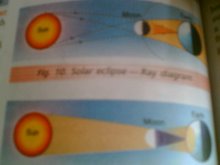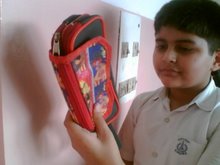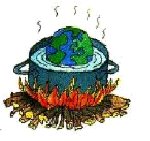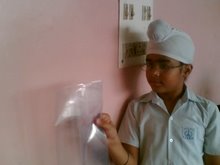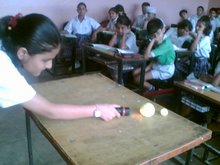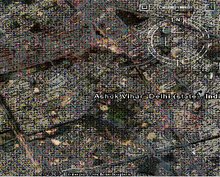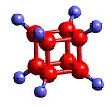We can try this simple activity to explain the structure of atoms to the students.
Activity CREATING एटम COLOR CONSIDERATIONS
We will be using cotton balls, pipe cleaners and beads to model atoms. It is important that everyone use the same color cotton balls for neutrons and another color for protons so that we can compare our models. Likewise, it is important that we all use the same color pipe cleaners and beads. So, before getting our materials, the class must agree on what colors to use. Record the colors here:
____________ color of cotton balls for neutrons
____________ color of cotton balls for protons
____________ color of beads for electrons
____________ color of pipe cleaners for electron shells
____________ color of pipe cleaner for supporting the model
MATERIALS & EQUIPMENT
1 periodic table
__ cotton balls for protons
__ cotton balls for neutrons
__ beads for electrons
__ pipe cleaners for electron shells
1 pipe cleaner to support the model
2 index cards
tacky glue
LAB SAFETY
_________________________________________________________________________
_________________________________________________________________________
_________________________________________________________________________
PROCEDURE
Select your favorite element from the periodic table. Write down the following information:
Element Name:
Element Symbol:
Number of protons:
Number of neutrons:
Number of electrons:
Number of shells:
Figure out what materials you will need and write the quantities in the list on the first page:
For each neutron, you will need one cotton ball of the appropriate color.
For each proton, you will need one cotton ball of the appropriate color.
You will need one bead for each electron.
You will need two pipe cleaners for the first electron shell and three for the second electron shell.
Get your materials.
Glue the protons and neutrons (cotton balls) to one end of the support pipe cleaner to make the nucleus (see Figure 1). Once the nucleus is complete, set it aside to dry.
Figure 1
In the mean time, twist together the ends of the two pipe cleaners for the first electron shell. String on the appropriate number of beads to represent electrons (no more than two).
Form the pipe cleaners into a circle to make the electrons' orbit. Twist the remaining ends together to close the circle but leave about 1" of each end sticking out (see Figure 2).
Figure 2
Repeat this for the second electron shell (if appropriate for your element) only use three pipe cleaners twisted together and a maximum of eight electrons.
Place the first shell around the nucleus and twist the ends of the pipe cleaners around the support pipe cleaner to hold the shell in place (see Figure 3).
Repeat this for the second shell if appropriate.
Figure 3
Write the name and symbol for your element on each of the index cards and glue (or staple) the cards back-to-back near the top of the support pipe cleaner.
QUESTIONS
In what ways is your model unlike a real atom?
_________________________________________________________________________
_________________________________________________________________________
_________________________________________________________________________
In what ways is your model like a real atom?
_________________________________________________________________________
_________________________________________________________________________
_________________________________________________________________________






























